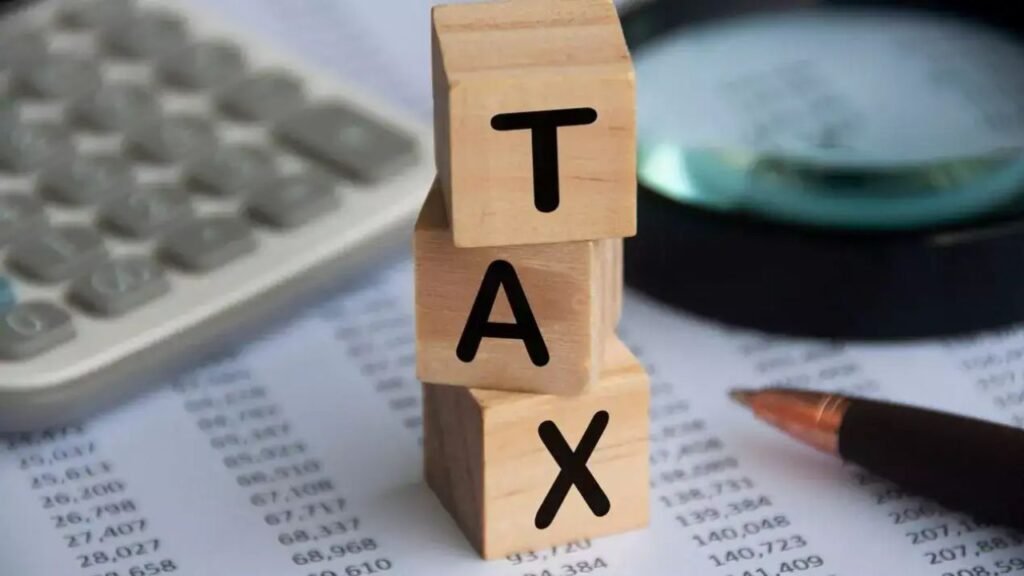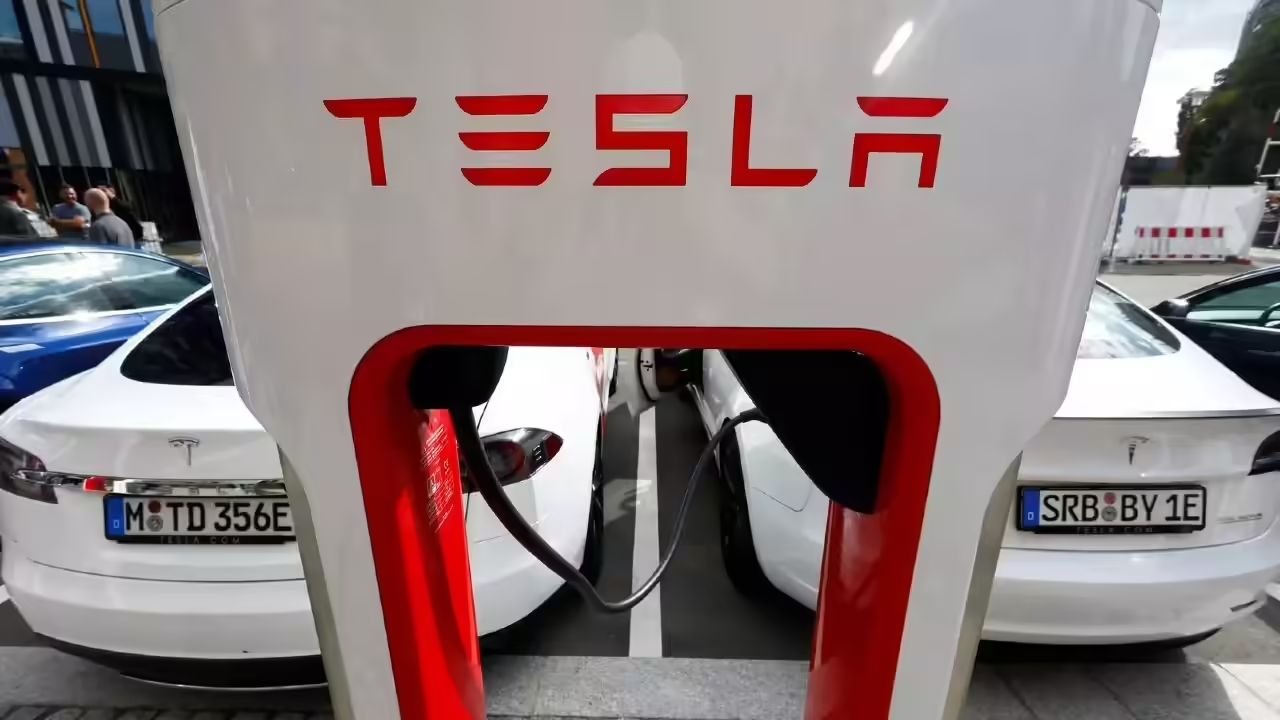The shift toward sustainable mobility is accelerating in America, and newly updated policies are making electric vehicles (EVs) more accessible than ever before. As the national focus sharpens on green energy and the drive to curb fuel costs, the 2025 EV tax credit extension is emerging as a major incentive offering meaningful financial relief for eco-conscious buyers. This initiative is designed to widen the adoption of EVs across diverse income levels and vehicle types, ensuring affordability in a market poised for electrification.
Key Details of the 2025 EV Tax Incentive
| Feature | Description |
|---|---|
| Program Name | EV Tax Credit Extension 2025 |
| Administering Department | Internal Revenue Service |
| Eligible Vehicles | New EVs under $40,000; Used EVs under $25,000 |
| Tax Credit Amount | $500 |
| Effective Date | Vehicles in service from January 1, 2025 |
| Qualifying Criteria | North American assembly, 50% U.S.-sourced battery material |
| Income Limits | $150,000 (single), $300,000 (joint) |
Why the Government Expanded Electric Vehicle Credits
In 2025, the federal government continues its push for more affordable green technology by adding a $500 EV tax credit, complementing the longstanding $7,500 credit available for eligible new vehicles. This updated effort reflects rising concerns about environmental impact, inflation, and escalating fuel prices. By targeting compact and used EV models, policymakers aim to extend these benefits directly to middle-income and budget-focused families, not just early adopters or luxury buyers.
How the 2025 EV Tax Credit Works
Buyers who purchase qualifying electric vehicles between January 1, 2025, and December 31, 2025, are eligible to apply the $500 credit against their federal tax bill. Designed as a non-refundable reduction, it directly decreases your owed taxes for that year. The credit covers a broader spectrum of EVs plug-in hybrids and used vehicles included beyond what was previously permitted under the original Inflation Reduction Act rules.
Eligibility Requirements for Buyers and Vehicles

To qualify for the new tax credit, several conditions must be met. The vehicle itself must be assembled in North America and, when applicable, have at least half its battery materials sourced domestically. Price caps are set at $40,000 for new vehicles and $25,000 for used ones, making the benefit accessible to buyers who aren’t targeting high-end or luxury EV models. Furthermore, buyers must not exceed adjusted gross income thresholds of $150,000 for single filers and $300,000 for joint filers a move meant to focus credits on typical families and individuals.
Qualifying Vehicle Models and Restrictions
A range of EVs is anticipated to meet the 2025 eligibility, with models such as the Chevrolet Bolt, certain Tesla Model 3 variants, Nissan Leaf, and select plug-in hybrids expected to feature on the Department of Energy’s official qualifying list. Vehicles priced above the program’s limits $55,000 for new EVs, $25,000 for used models are excluded, restricting the credit to everyday cars and family vehicles. Approximately 20 models are forecast to make the cut for this year’s rebate.
Steps to Secure Your 2025 EV Tax Credit
Obtaining your tax relief is a straightforward process. When purchasing your EV, the dealership will verify your eligibility for the credit and apply the $500 as a point-of-sale discount. After purchasing, you must claim the benefit on your 2025 tax return using IRS Form 8936, reporting the vehicle’s identification number and full transaction details. If buying used, confirm no previous owner claimed the credit for that vehicle only one rebate per VIN is allowed.
- Confirm vehicle eligibility with the dealership before purchase.
- Save all paperwork for your tax return.
- If buying used, verify the VIN’s rebate history.
Impact of the Tax Credit Extension on American Buyers
This $500 boost is more than just a financial break it’s a catalyst for making electric vehicles attractive to a broader demographic. As inflation and environmental concerns climb, accessible green transportation options become critical for families seeking affordable car ownership. The expansion enables middle-income and first-time EV buyers to enjoy lower upfront costs, moving America closer to its goal of 50% EV sales by 2030.
Looking to a Greener Future
The latest EV credit extension underscores the government’s commitment to clean energy and reduced fuel dependency. By supporting a wider array of vehicles and income brackets, the update promises to reshape how Americans buy and drive cars. As new models roll out and policies evolve, keeping informed will be key to unlocking the full benefits so that every step toward greener roads is a step toward a more affordable future for millions.

